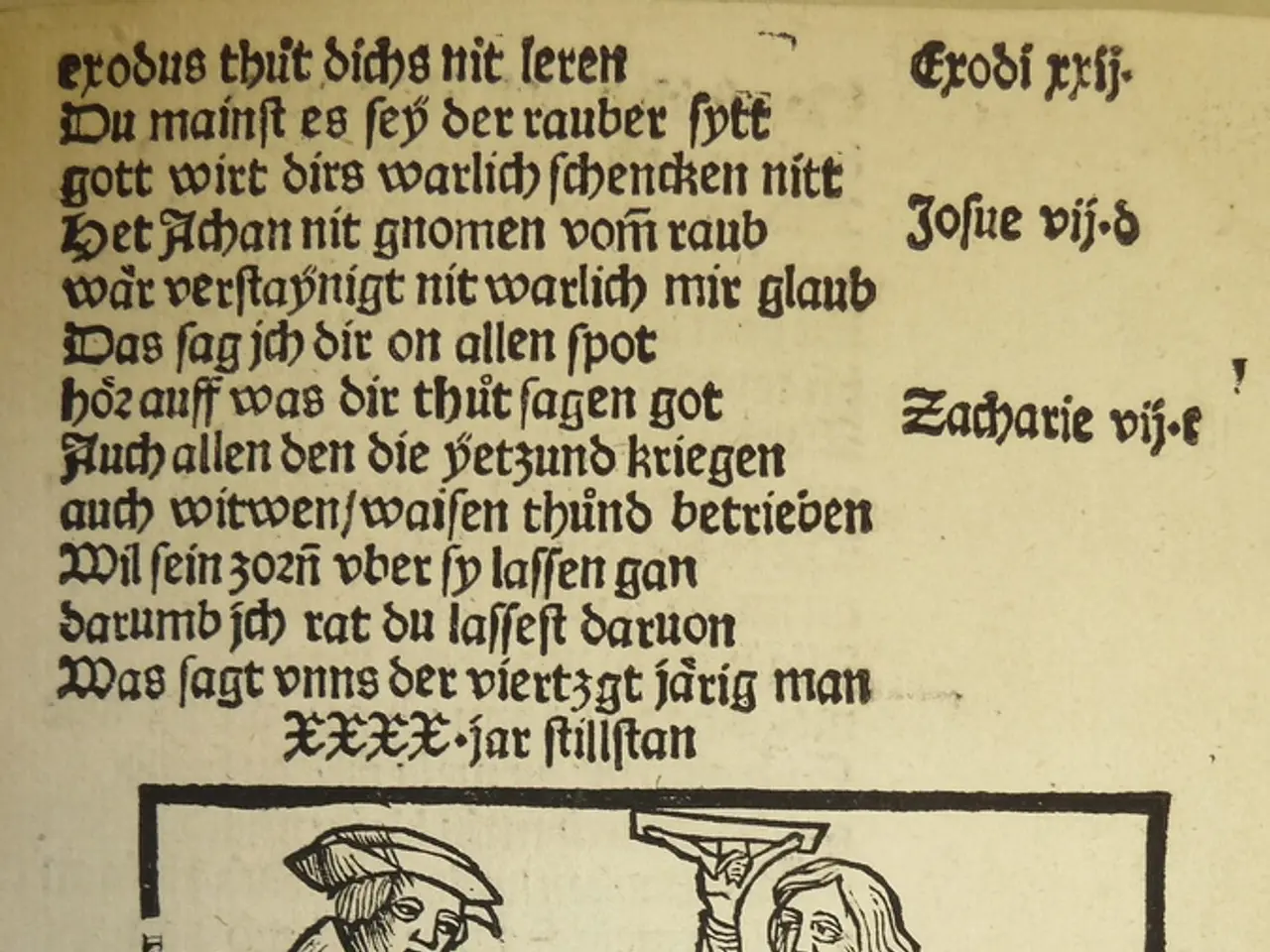Rights to Cultural Integrity and Educational Freedom
In India, the term "minority" is not defined by population size or other criteria in the Constitution, but rather is left to official notification by the central government. According to the National Commission for Minorities (NCM) Act, 1992, a minority community is one that is "notified as such by the Central government."
Initially, five religious communities were recognized as minorities in 1993: Muslims, Christians, Sikhs, Buddhists, and Zoroastrians (Parsis). In 2014, Jains were added to this list following a government notification.
The legal definition of a minority in India is specifically tied to religious minority communities. However, the Constitution itself recognizes both religious and linguistic minorities without providing a definition.
The NCM and State Minorities Commissions play a crucial role in safeguarding and protecting the rights of these notified minority communities, providing grievance redressal mechanisms. Key constitutional safeguards related to minorities include Articles 29 and 30, which protect the cultural and educational rights of minorities.
These articles further reinforce the status of these communities as minorities under Indian law. The 44th Amendment Act of 1978 added the requirement for the State to compensate for the compulsory acquisition of property of a minority educational institution. Extending aid by the State does not alter the nature and character of the minority educational institutions.
The Constitution protects both religious and linguistic minorities. State governments are empowered to recognize minorities at the state level. For example, Jains were declared a minority in 11 states before being nationally recognized in 2014.
The principle of Triple test for student selection was established in the A Inamdar case. The National Commission for Minorities Education Institutions (NCMEI) Act 2004 confers the power to identify and notify minority communities in India to the Centre.
Minority educational institutions can be of three types: those seeking recognition and aid from the State, those seeking only recognition, and those seeking neither recognition nor aid. The right under Article 30 is intended to ensure equality with the majority and not to place the minorities in a more advantageous position.
State governments shall not discriminate in granting aid to minority educational institutions. The right of minorities to establish and administer educational institutions includes the ability to choose its governing body, appoint staff, admit students, set a fee structure, and use properties and assets.
No citizen shall be denied admission into any educational institution maintained by the State on grounds of religion, race, caste, or language. The autonomy of minority educational institutions and their entitlement were discussed in the M.A. Pai Foundation v. State of Karnataka (2002) case.
Any section of the citizens residing in any part of India with a distinct language, script, or culture has the right to conserve it. Under the NCM Act, 1992, a 'minority' is defined as a community notified by the Central Government.
As per the census 2011, Hindus are in a 'minority' in six states and three Union Territories of India. The term 'Minority' in the Indian Constitution is not defined but is referred to in Articles 29, 30, 350A, and 350B.
In 2019, a petition was filed in the court which was dismissed by the SC, stating that minorities cannot be identified based on demographic presence at the state level. The first and second type of institutions are subject to the regulatory power of the state. The right to establish and administer educational institutions is not absolute and does not include the right to maladminister.
In the M.A. Pai case, the Supreme Court stated that minorities are those which are numerically less than 50%. The TMA Pai Case (2002) determined that religious and linguistic minorities should be considered state-wise. The Bal Patil Case (2005) stated that the state should be the unit for determining the status of both linguistic and religious minorities.
Protection under Article 30 is only for minorities (religious or linguistic). Six religious communities (19% of India's population)-Muslims, Christians, Sikhs, Buddhists, Zoroastrians (Parsis), and Jains-are recognized as minorities by the Union Government. The right under Article 30 is intended to ensure equality with the majority and not to place the minorities in a more advantageous position.
- The Constitution in India recognizes both religious and linguistic minorities, with the National Commission for Minorities (NCM) Act, 1992 defining a minority community as one "notified as such by the Central government," opening avenues for educational and self-development support.
- General news concerning India's minorities may include updates on the recognition of linguistic groups like Jains, who were added to the list of officially recognized minorities following a government notification in 2014, allowing for education and self-development opportunities.




